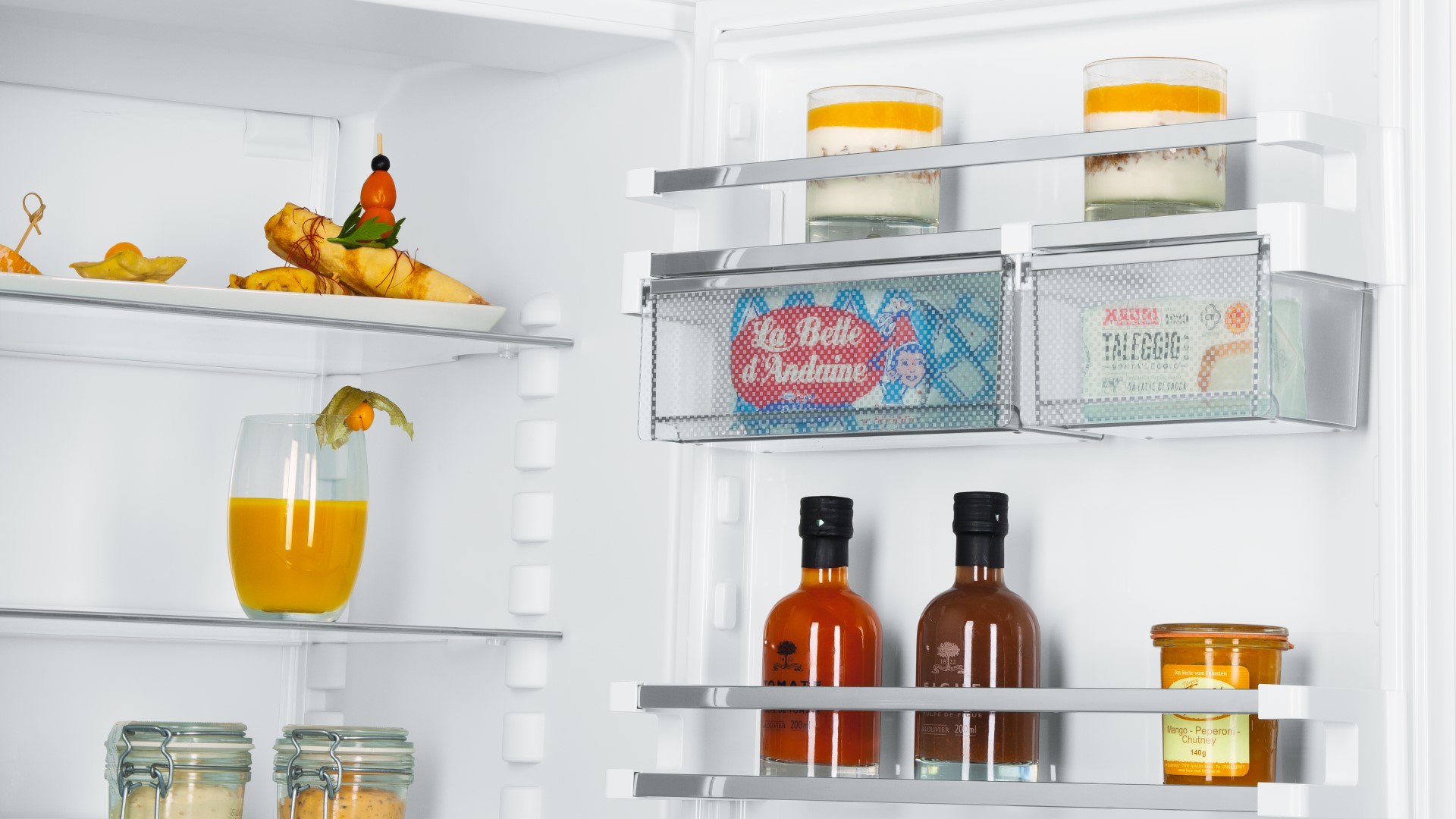You are here
Refrigeration and freezing: Products & Services for Malaysia
Other websites for Malaysia

The ‘best before’ date is often mistaken by consumers to be the same as the ‘expiry date’. That’s why most of the time, foods that may have passed its ‘best before’ date go straight in the trash. Although this would have still been completely edible. So then if the ‘best before date’ is different with the expiration date, what does it all mean? How can we work together to prevent food wastage?
The ‘best before’ date guarantees certain properties of the product to be effective up to this point. Once the date has passed, it may just lose its freshness, taste, aroma or nutrients. But it does not necessarily mean that the food is no longer safe to eat. In order to decide whether the food is still edible, one should rely on his/her senses (sight, smell and taste). The product should not be consumed if you find that the taste has been compromised, odour and appearance is odd or it’s exhibiting strange consistency. Note: this only applies to unopened shelf-stable product. Once a sealed product is exposed to air it is prone to contamination. Thus, the ‘best before’ date no longer applies to it.
An expired ‘best before’ date does not trigger a sales ban. In the food and beverage trade, products that are close to or have already passed its ‘best before’ date are usually given price reduction in order to boost sales.

Expiration dates tell consumers the last day a product is safe to consume. Best before date on the other hand tells you that the food is no longer in its perfect shape from that date. It may just lose its freshness, taste, aroma or nutrients. It does not necessarily mean that the food is no longer safe to eat. Best before date is basically a quality indicator. Another term that gets mixed up with this is the ‘use by’ date which applies only to perishable goods such as fresh fish or meat. Dispose them off immediately once they have passed the ‘use by’ date.
In addition, a storage temperature specification between +2°C and +4°C is usually included in the consumption date. However, a majority of the refrigerators with a temperature of +4°C to +8°C are significantly warmer. If you lower the temperature of the whole refrigerator, this results in significantly higher energy consumption and is no longer suitable for other foodstuff. The optimal solution is provided by Liebherr – in the BioFresh compartment, the perfect storage temperature for vegetables, fruits, fish and meat prevails. Salami in one piece can be stored in the DrySafe up to 180 and thus 100 days longer than in the conventional cooling part. Apples remain fresh in the HydroSafe for up to 80 days. And all of course with maximum energy efficiency.
The amount of food being wasted is estimated to be enough to feed millions daily. Most of the discarded foods are mainly fruits, vegetables and baked goods. Which are usually still edible but because we tend to overlook the date printed on the packaging, we end up with food wastage. There are many factors to consider not just the product itself, but also the energy exerted into production, processing, packaging, transport and storage. Food wastage creates scarcity and further on price increase on raw materials.
Food wastage can be greatly reduced through planning. If you plan your shopping well, you can avoid throwing a chunkful of food products. Another tip is to use a basket instead of trolley and carry cash with you instead of using credit card. In this way you are mindful of your purchases. And lastly, familiarise yourself with the ‘best before’ and expiry date. These small reminders plays a big part on food wastage prevention. And not just that, it gives you more control of your purchasing habits.